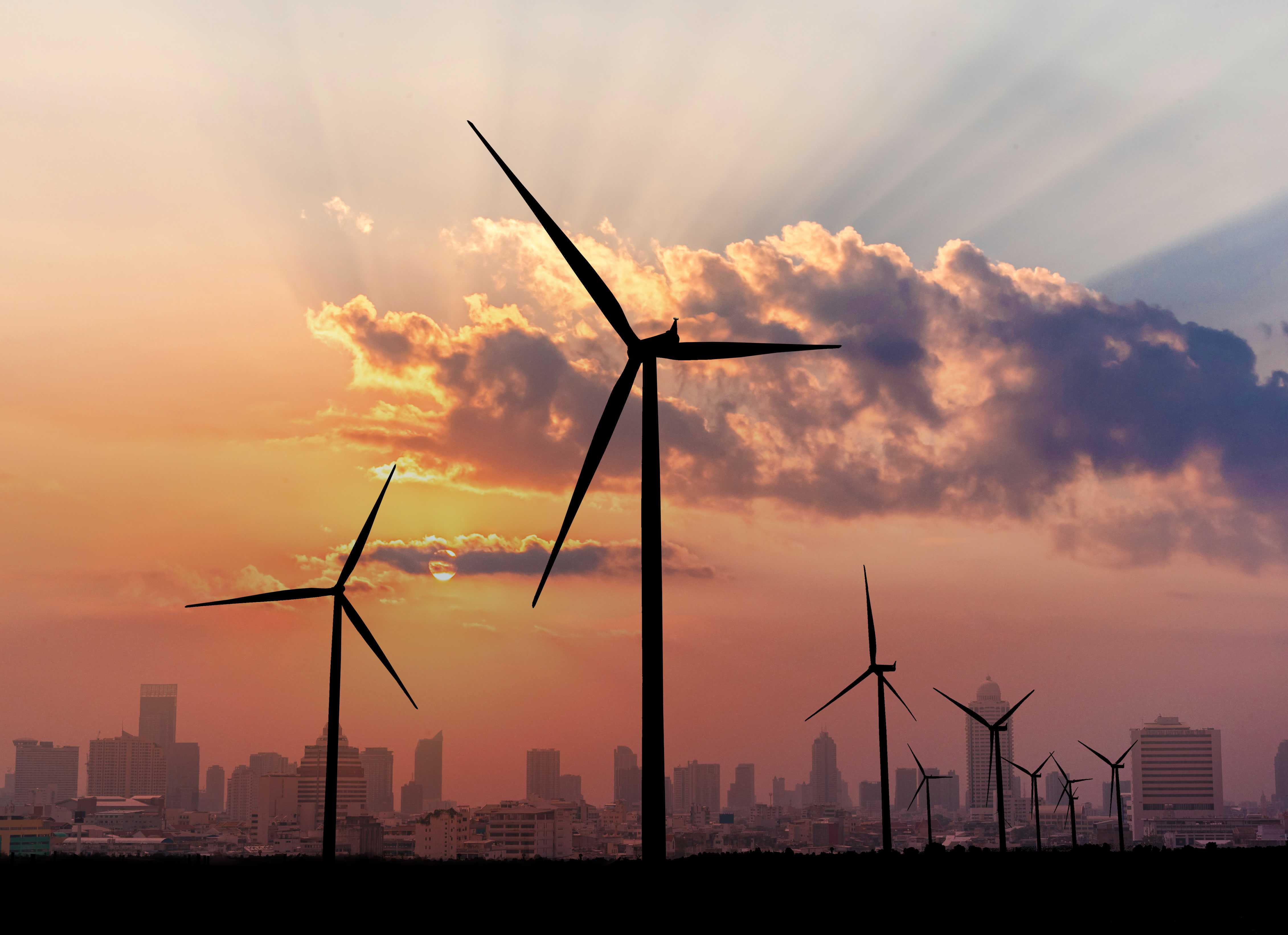The world is getting windier, which means a surge in wind-generated power could be coming.
A new study led by Princeton University researchers found that from 1978 to 2010 wind speeds decreased by about 2.3% per decade, but that things began to shift in 2010. Between 2010 and 2017 speeds increased roughly 7%, which means that an average wind turbine produced 17% more energy in 2017 than in 2010.
The findings in the report, which was published Monday in Nature, were based on data analysis from more than 1,400 weather stations spread across mid-latitude countries primarily in North America, Europe and Asia.
Supawat Punnanon | EyeEm | Getty Images
Traditionally scientists have argued that vegetation and urbanization levels are the primary factors that influence land wind speeds. But these researchers argue that wind speeds are actually driven by ocean-atmosphere oscillations, which in the simplest of terms represent changes in heat and pressure.
Ocean oscillations have long been cited as the determining force for offshore wind speeds, but by comparing changes in land wind speeds with well-documented oceanic shifts, the researchers found that oceanic shifts could also be behind wind speeds on land.
The findings are “valuable for the wind energy sector” since wind speed trends tend to develop over decades. The report said that the pickup in wind speeds “bodes well for the expansion of large-scale and efficient wind power generation systems,” and found that if present trends continue, energy generated by wind power will increase 37% by 2024.
Examining ocean-atmosphere oscillations could also help companies predict future wind speeds and therefore “allow optimization of turbines for expected speeds during their productive life spans.” This is especially true since the researchers noted that while wind speeds are projected to rise in the near-term, in the longer-term they could once again reverse course and slow.
Given that these findings are relatively new, the researchers were quick to note that wind patterns will have to be monitored going forward to further substantiate their conclusions.
